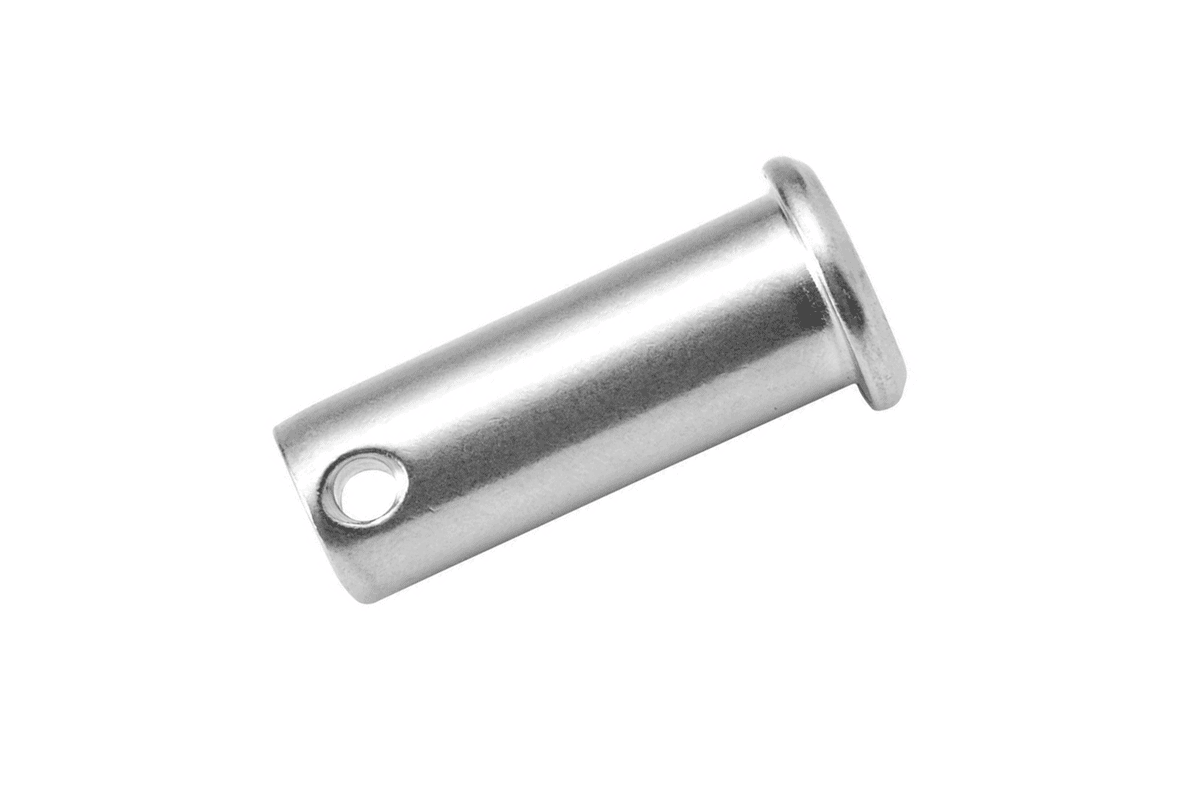Clevis pins and retaining clips are special types of fasteners that can be used instead of rivets and bolts. They provide several benefits due to which they are highly popular. These fasteners’ benefits include durability, cost-effective fastening solutions, and many available diameter options for your requirements to suit the application. You will find clevis pins in both metric and imperial sizes made from stainless steel and steel and zinc plated finishing, which protects them from corrosion.
A clevis pins usually consists of a head-on one end and a hole on the other end where you can put the retaining fastener. Clevis pins allow the connected parts to rotate and have three main parts: head, shank, and hole. The hole will pass through the shank at the opposite side of the pin from the head. When installed in a groove, retaining clips are utilized to hold the assemblies or components onto the shaft or housing.
Clevis Pins Requirements and Considerations
There are a few things to keep in mind when choosing clevis pins for your tasks. This will ensure that you are purchasing the right piece.
Steel Composition
Almost all clevis pins are made of steel, but variations are based on the steel grade used in manufacturing. The higher the grade, the more it will withstand conditions that require high strength.
Pin Diameter
Pin diameter is important because if the diameter is incorrect, you will have difficulty placing the clevis pin through the fastener hole.
Pin Length
You should know the length of the clevis pin. Measure the distance to ensure it will work with the latch set-up and ensure that the pin is brief enough to deter different things.
The pin length will likewise differ given the width of the clevis pin, as there will probably be sure pin sizes accessible.
How do Retainer Clips/Rings work?
As already mentioned, retainer rings or clips are a type of metal fasteners that are placed into a groove on a shaft or enclosed in some housing to provide support to hold an assembly in place.
The main purpose is to prevent the assemblies from coming off the shaft, most commonly in mechanical transmission assemblies. These are available as follows:
- External and internal clips,
- E-Clips
- Spiral Clips
- External and internal snap rings
What is a Clevis Pin Used For?
- Clevis pins are most commonly used in towing applications, but you will also see them being utilized in other applications like securing components in a factory, farming, aviation, construction, etc.
- The clevis fastener consists of many parts, and the pin is just one of those parts used for certain applications. The pin is considered an important part of the fastener. However, other parts of a fastener combine to determine the full functionality of the clevis fasteners and their overall strength.
- The clevis pins are highly durable and strong fasteners and are commonly used when a common screw or nail cannot get the job done, usually to keep two pieces of metal together. A clevis pin can handle more lateral stress, tension loads, and rotation. They are also popular in heavy-duty applications because of their high strength and durability and should not be confused with cotter pins.

